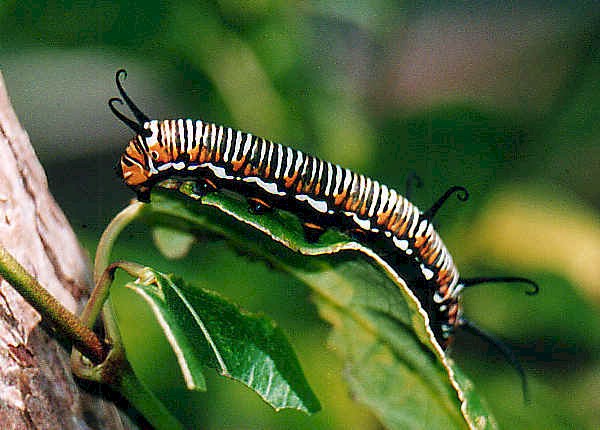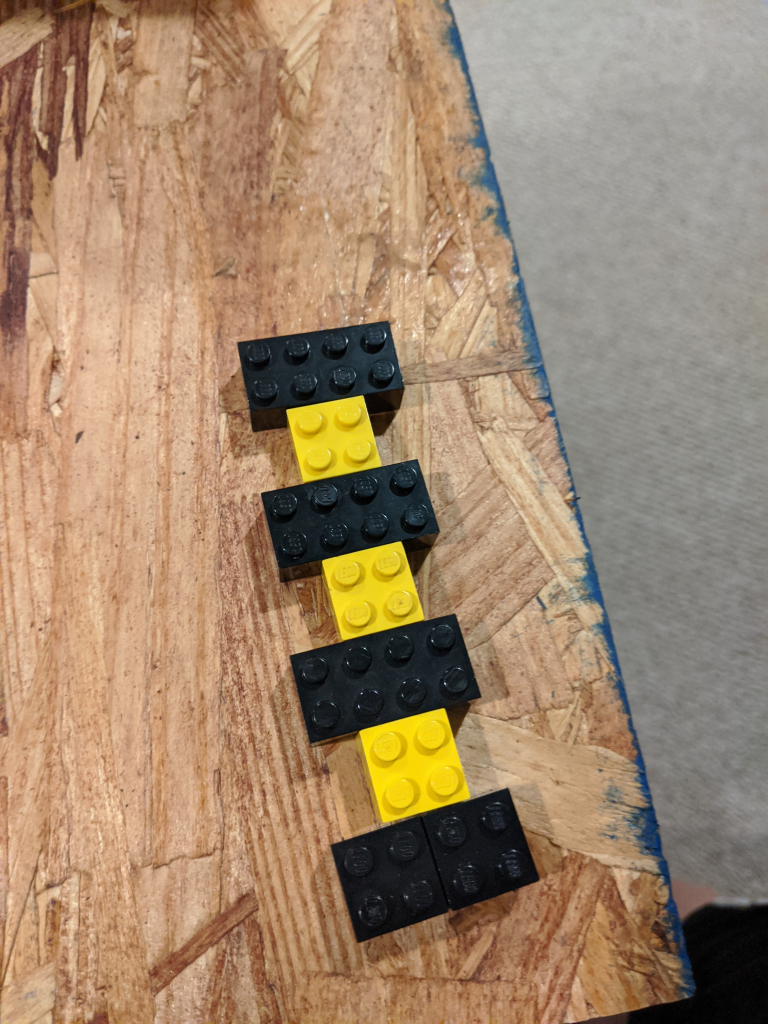Today is Mardi Gras which is a holiday that is famous for the celebrations in New Orleans. This first book is about a fictional band that played in New Orleans, but went away. They are trying to imply the time of Hurricane Katrina, but do not speak about it straight out. It talks about the impact that the band and music has on the culture of New Orleans and Bourbon Street. The Bourbon Street Band is Back by Ed Shankman.
The second story is written by Wynton Marsalis, Squeek Rumble, Whomp, Whomp, Whomp shows how you can listen to your world and hear the music. Watch this video as Wynton Marsalis shows how you can take other songs and put them into a jazz feel! If you and your child enjoy this, I encourage you to find his Nursery Rhyme Swing concert at Lincoln Center.
Now it is your turn. Find sounds around your house and see if you can create your own jazz. Can you take a song you know and tweak it to make it more your own.













